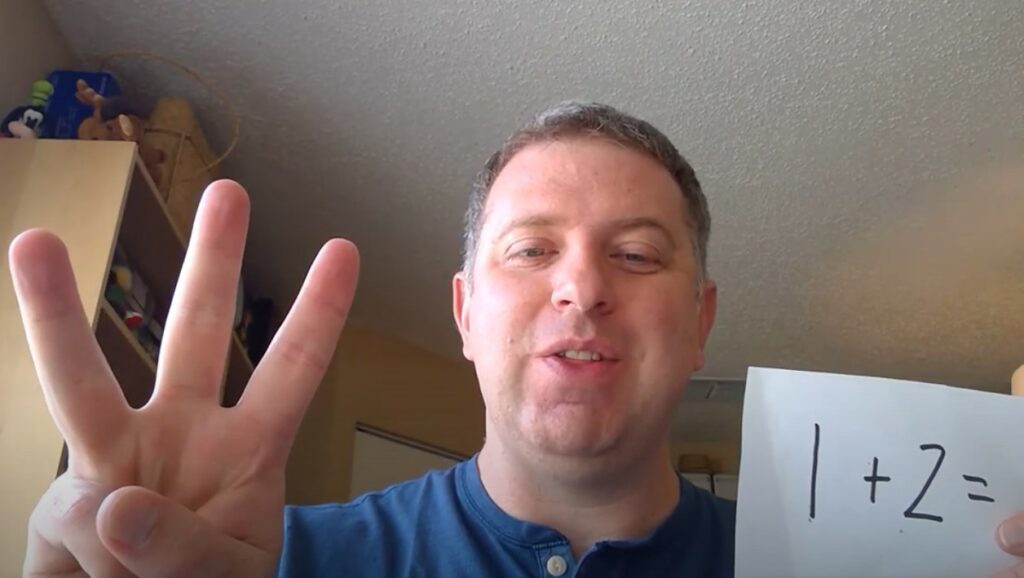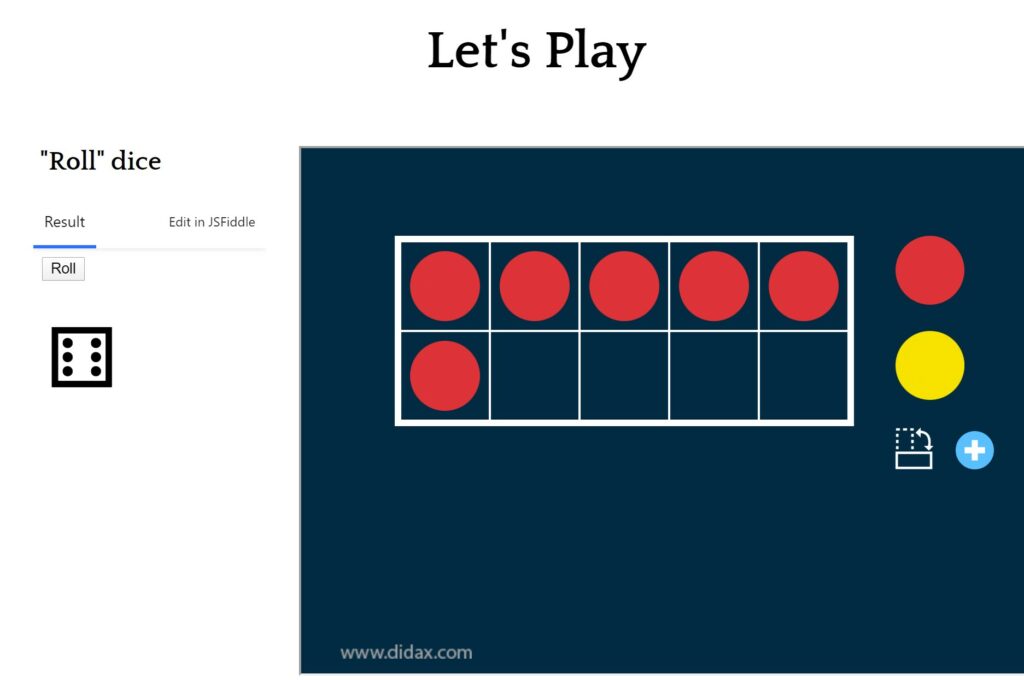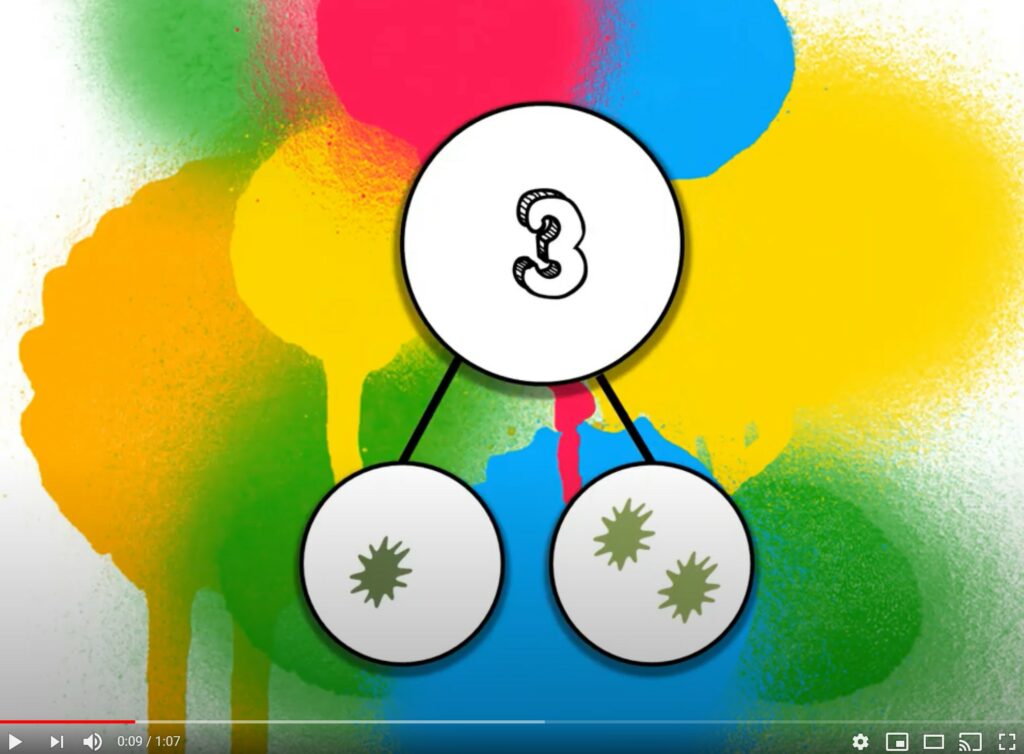We teachers are a resilient bunch! The new normal of social distancing had us scrambling to find ways to continue engaging students at a distance. When my closure first began, I struggled with how I would get my class of five- and six-year-olds online to complete assignments. However, my teammate decided to create a YouTube Channel so her class could “continue” while our district finalized details for how schooling would continue at home. When normal instruction was to start again, I decided to compile our videos into a “school day” on our website (kinderlions.org). Here is what seems to be working for me:
1. Concise, Conversational, Active Videos
As I began thinking about my online math instruction, I considered the demographics of my classroom. Many of my students would be competing with siblings to complete school work on family devices. Many parents are available to help but work various hours. Because of these issues, I decided asynchronous instruction would work best for my class.
I record my math instructional videos to be concise and conversational. I want to reduce the passive screen time and get more active engagement. It begins with about a minute of fluency. My kindergarteners use counters, fingers, or simply call out as I move through number talks, fact fluency, etc. Next, I move to the goal of my video and provide a modeled problem or mathematical thinking and then a couple more problems where students are encouraged to pause, work it out, and check their work, about 10 minutes maximum. Finally, I end the video with a glimpse into the problem set I have posted on Nearpod, which is a service that does not require a student account and allows students to annotate over a slide and then turn it in. This particularly works great with families with tablets and smartphones. I use the Nearpod lessons to gauge understanding and clear up misconceptions within the next math video. I also support my students through messaging or video conferencing.

2. Math Their Way
Our school encourages us to take the concrete-pictorial-abstract approach to math, and as such, I try to provide my kinders with as many opportunities for hands-on experiences with math as possible. In my videos, I make a point of telling my kindergarteners to go get writing materials and counters. I try to think of ways to utilize what might be available in their home or some alternatives. I use pennies in my videos, but I also encourage using buttons, Cheerios, and even bits of paper. One of my student’s parents texted me about how her child was using Barbie dolls to solve the addition work we were doing online. If I cannot think of a quick alternative, I turn to digital resources that can be easily embedded into our website. Didax provides many free virtual manipulatives such as connecting cubes, rekenreks, dice, and counters. You can embed them into websites or e-learning environments such as Google Classrooms.

3. Outsource Instruction When Possible
Sites like EMBARC.online and YouTube are full of math instructional videos, readily available. Although my district’s math curriculum has provided professionally made videos for each math lesson, I choose to record mine each week because I believe my students want to see that I am well and would be more engaged with someone familiar, rather than a stranger.
I do outsource the rote learning component to math instruction, such as the names of shapes, counting to 100, memorizing fact families, and defining terms. Although I am sure my students would love it if I rapped about fact families, I do not think it would lead to the type of engagement that would improve their fluency. There are better math songs on YouTube made by users with actual talent. In addition, I make my own fluency videos by making slides of our Number Talk cards in Powerpoint, screen recording the presentation automatically advancing every few seconds through the slides, and uploading the video to YouTube. Screencast-o-matic is what I have used in the past, but there are many more screencast services a quick Google search away.

4. Gamify Math
During the course of a school year, I utilize math game apps that students play on our iPads during math small group instruction. Apps like Starfall, Monkey Math School Sunshine, and SplashLearn engage students while I pull small groups of students to differentiate math instruction. After the closures, we have found developmentally appropriate free services such as Khan Academy and Zearn where students can build math fluency at their own pace. Other teachers have used services like Prodigy to have student vs. teacher math battles, where teachers log in alongside students to see who can complete more tasks.
Every Friday, I try to record a video of a math game I may use as a center in my classroom. For instance, a simple die from a board game and a pair of drawn ten frames got my students away from the screen, interacting with their families. Players took turns rolling the die and trying to add to their ten frames, having conversations about which numbers fit together to make ten or how many more they needed. Similarly, I recorded a video showing the students how to play a number pairs game with a deck of cards. Played memory-style with an array of cards faced down, when a player turned over a pair that added to ten, they got to keep it for a point.

5. Make Math Go Viral
I am not trying to reach a million views on YouTube, but I want my instruction to reach maximum viewage at my grade level. I gauge the effectiveness and reach of my instruction by tracking engagement with our website, YouTube Channel, and Nearpod activities. The idea for going viral in my classroom actually was inspired by a successful schoolwide Earth Day event, where a first grade teacher challenged the students to create something useful from recycled materials. The teacher gave instant positive feedback when she received pictures of student projects. She compiled the submissions into a video showcasing all of their projects. Engagement online was up during this particular week.
Stepping away from curriculum and finding math in the real world seems to have the same effect. I have challenged my students to go on shape scavenger hunts and create their own story problems. Some of our other teachers come up with a “real-life” problem for students to solve, like calculating materials needed for a room remodel or shopping for ingredients of a recipe. Showcasing student work on the website and giving “shout outs” to students for their work submissions at the beginning of videos motivates others to want to join in!

Encouragement, Support, and Gratitude
Fostering engagement and participation online may seem different and daunting, but it really is not far from what we strive for within our classrooms.Through some novelty, reflection, and collaboration with colleagues, I have seen engagement in math sustain through the majority of my students. I try to encourage my students and families to participate, without being too intrusive. I try to make myself accessible when I can to help support technological and academic issues, while still finding some personal time to recharge.
Most importantly, I try to express gratitude for any work completed by communicating something great I see in their work and thanking families for the time they spent. We may not see one another each day, but we are still in this together!

















Great tips and practical examples! Thanks for sharing.
Appreciate you sharing! Good ideas.
Thank you for sharing. I will be sharing this with others.
Great ideas!
Thank you for all the great ideas!
Great ideas for a teacher coming out of middle school one subject into a third grade class.
I love the ideas you shared and have made a list of them to try to utilize in my virtual 1st grade this fall. The key is to keep them wanting to come back for more! Thank you!
Thank you for sharing these ideas.